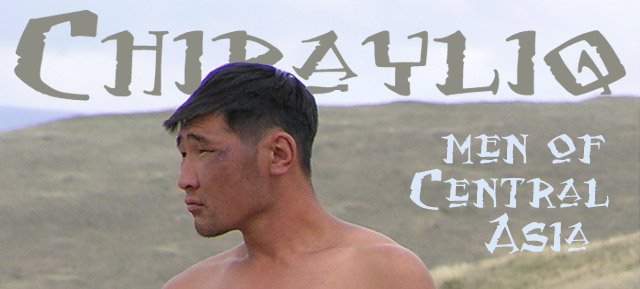
This anonymous young Saami man reminds me of the Finnish Tatars previously featured on Chirayliq.
In 1884 Prince Roland Bonaparte (1858-1924) organized an ethnographic expedition to Lapland. A portfolio was issued from the negatives taken during the trip by "the Prince's usual photographer". It is not clear from the source site which part of Lapland they went to, but I would guess at Norway from the available names of the other portrayed people.
The science of the time was interested in classifying people according to superficial "racial characteristics". The Saami were especially often targets for this sort of research, being something as rare as an indigenous European nomadic/seminomadic people of uncertain origin (as if anyone can be really certain of his/her origins). It has taken decades of struggle for the Saami to gain acceptance as something else than a research object or a specimen in a museum, and still, within the Saami communities, there are struggles going on between different ideas of what is "typically" Saami (reindeer herders against fishermen and farmers, city dwellers against country folk). (Some modern genetic research; see also the link to a paper on the Saamis' genetic link to the Volga-Ural region, not a common ancient ancestor as some might think, but a rather recent connection!)

Hi. This Saami guy is called Ole Jumpan. He is probably of Kven and Saami descent as his last name indicates. The N3 male haplogroup seems to be connected with the Kven males. The Kven people sometimes call them selves Northern-Finns. These guys migrated to Finland first, very likely from 1500-1600eds. K. Pitkänen (1994) have studied the colonization of Finland by agriculturists and found that the major settlements of Northern Finland happened after the 16th century.
ReplyDeleteN3 is today extremely frequent particularly in eastern Finland, but have over 50 % frequencies almost everywhere in Finland, also among the Saami. In Norway we have recordings of Kven immigrations and are able to trace the genetic Kven lines back to Finland and these male lines are most often N3 lines. The Kven males very often married local women of Saami origin. Several female haplogroups such as H, Z, W and D5 very likely came with Kven immigration to the Nordic areas.
According to the Genographic Project (See illustrations in the online Genographic Project Atlas) and new research the N3 men migrated to Europe via 2 main routes. One route from Siberia or Northern China to the areas close to the Black Sea and Hungary and another more northern route via Russia. To Finland and the Saami the Kven men seems to have come via both routes. It is very likely that some Kven and mixed Saami-Kven males have Tatar ancestry. The Tatar people also inhabited old Hungary. Studies of genes from old graves (1100-1300 AD) in Hungary have shown that the Saami female haplogroups were not present there, but in one study 50 % of the males in these graves were N3. They also found female haplogroups JT, D5, H and W. The populations studied were called Cumans, Qunok and they were genetically close to people in present Finland and the Komi Republic in Russia.
However, the origin of the Saami is Western European (very likely since the last ice age) with the male haplogroup I1a and female haplogroups U5 and V. The Saami have later mixed with the new people that migrated to their areas later in history, some with the eastern people that came with the Vikings, later with the immigrating agricultural populations from other European areas and some with the Kven people from Siberia. Later in history in the National Romantic and Darwinist epoch, the Saami origin was defined as eastern. The propaganda confusing the origin of the Saami and Kven people was rather extensive and is still influencing people’s attitudes about the Saami people. This propaganda totally overshadowed the old knowledge that the Saami (previously in history called Finns, fenni – do not confuse the name with the present term “Finns”) are the indigenous people of the Nordic areas, from the south to the north. The new genetic research have re-educated supported the old knowledge and additionally shown how complex questions about origins are in all mankind. People have always mixed and always will. That is the nature of man. Saami is a culture not a race. As with other people the present Saami have many different origins.
Thank you for your interesting blog.
Bonaparte and company went to both the Russian & Finnish, Swedish and Norwegian areas of Lappland.
ReplyDeleteYou can read more and see more of these old portraits in the following site:
http://saamiblog.blogspot.com/search?updated-min=2007-09-01T00%3A00%3A00%2B02%3A00&updated-max=2007-10-01T00%3A00%3A00%2B02%3A00&max-results=1
Thanks, Anonymous! This was quite interesting to read.
ReplyDelete